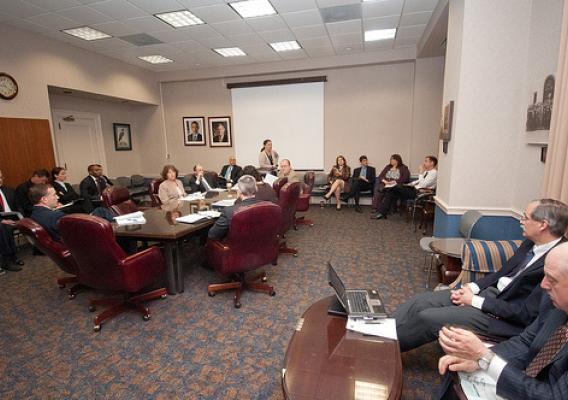Earlier this week I was privileged to co-host a historic meeting here at USDA. I was joined by Jodi Gillette, Deputy Assistant Secretary of the Bureau of Indian Affairs and Michael Black, Director of the Bureau of Indian Affairs to discuss ways USDA and BIA can work together to better serve the Tribes.
Our two agencies discussed the many challenges in addressing the needs for economic development, natural resource conservation and agriculture on trust land. We reached an agreement to develop working groups made up of representatives of the two departments to focus on land and credit issues. We will also discuss leasing processes, easement issues, how agreements that require both our department’s approvals can be handled more efficiently and how we can work together to focus on joint staff education and training. The end goal is to improve our processes so that economic development, alternative energy, conservation, agriculture, and all our related programs can deploy in Indian Country in a better way. We are forming two working groups of national and local office staff to clarify the issues and begin building workable solutions.





